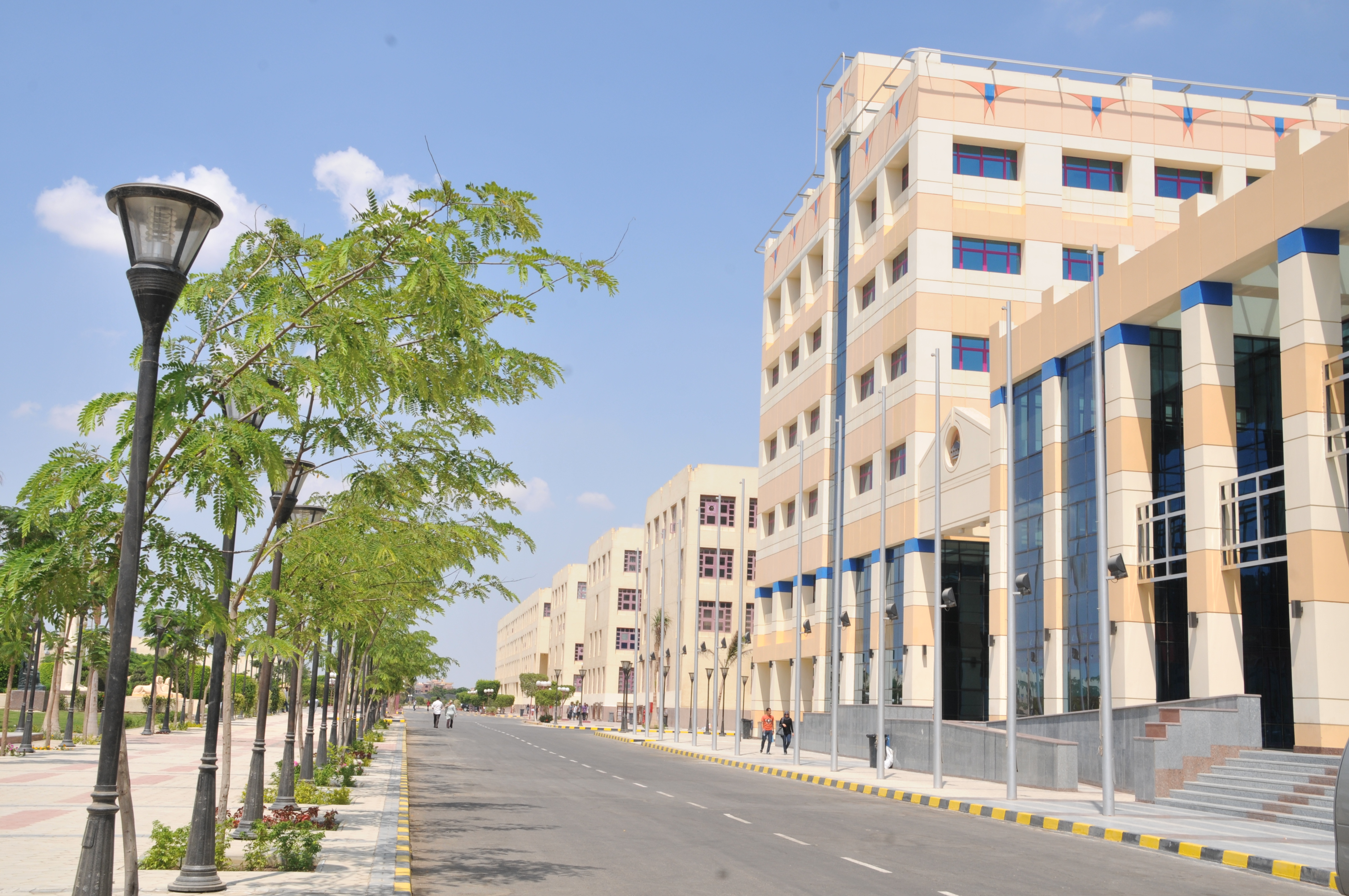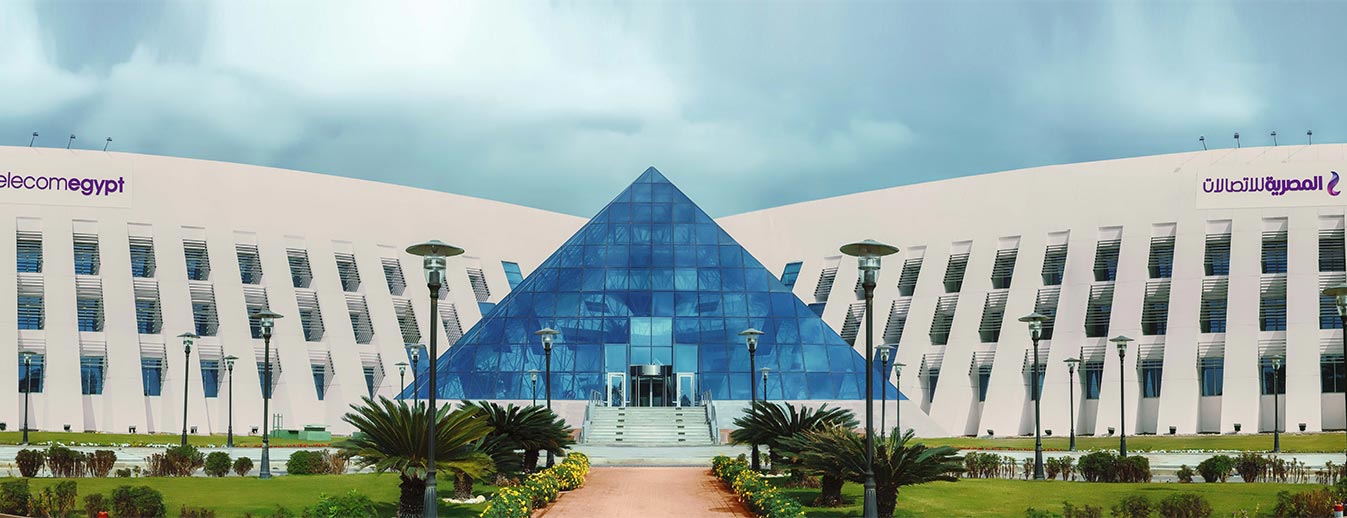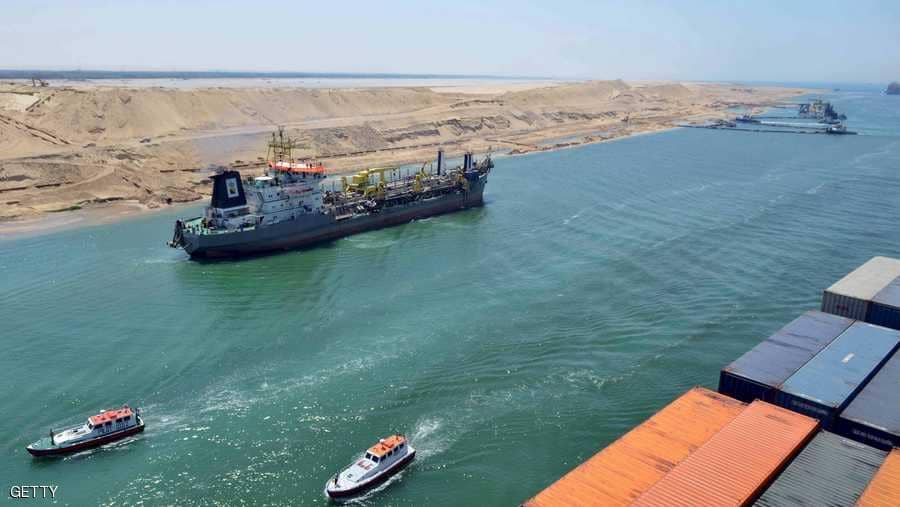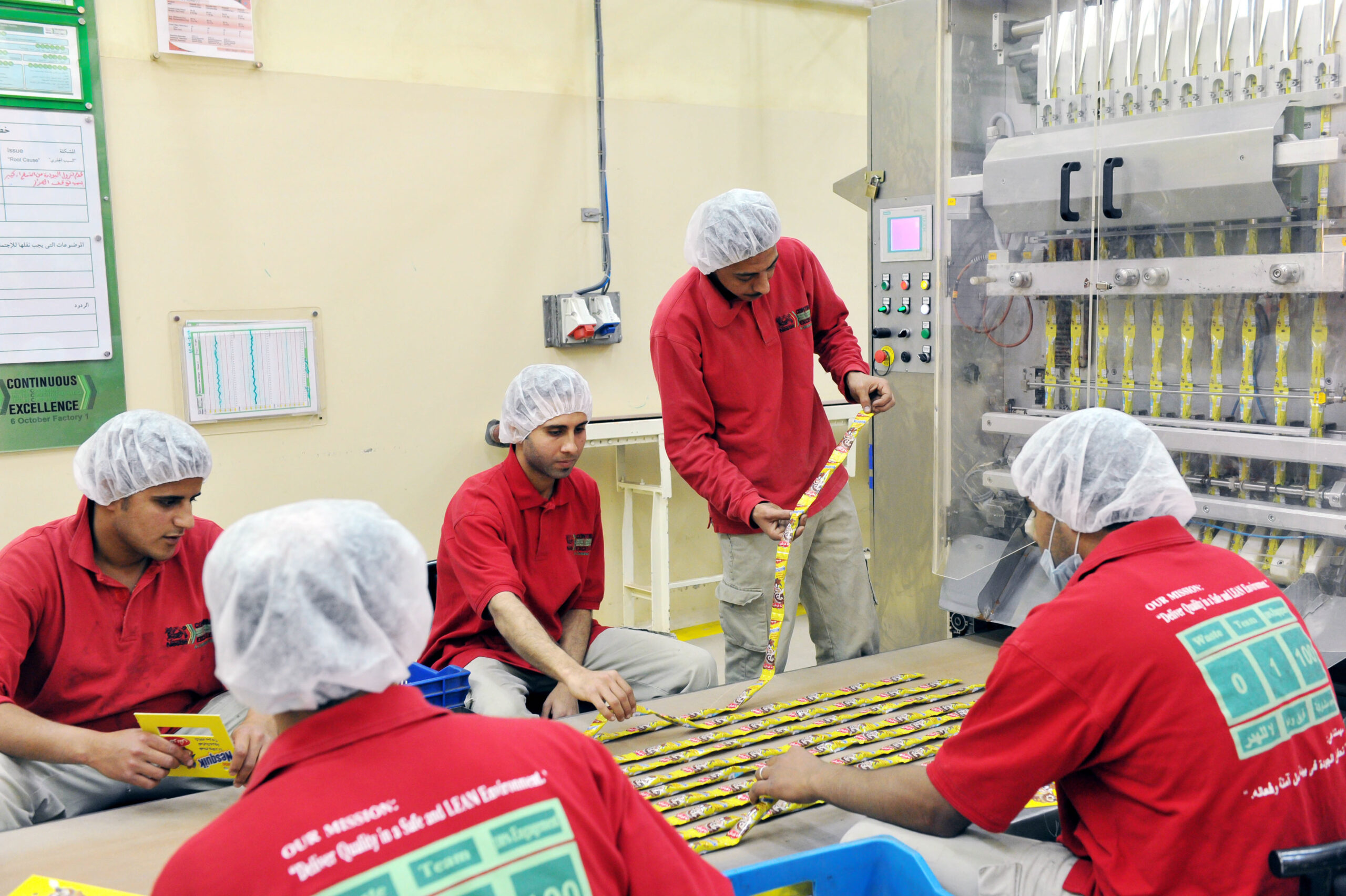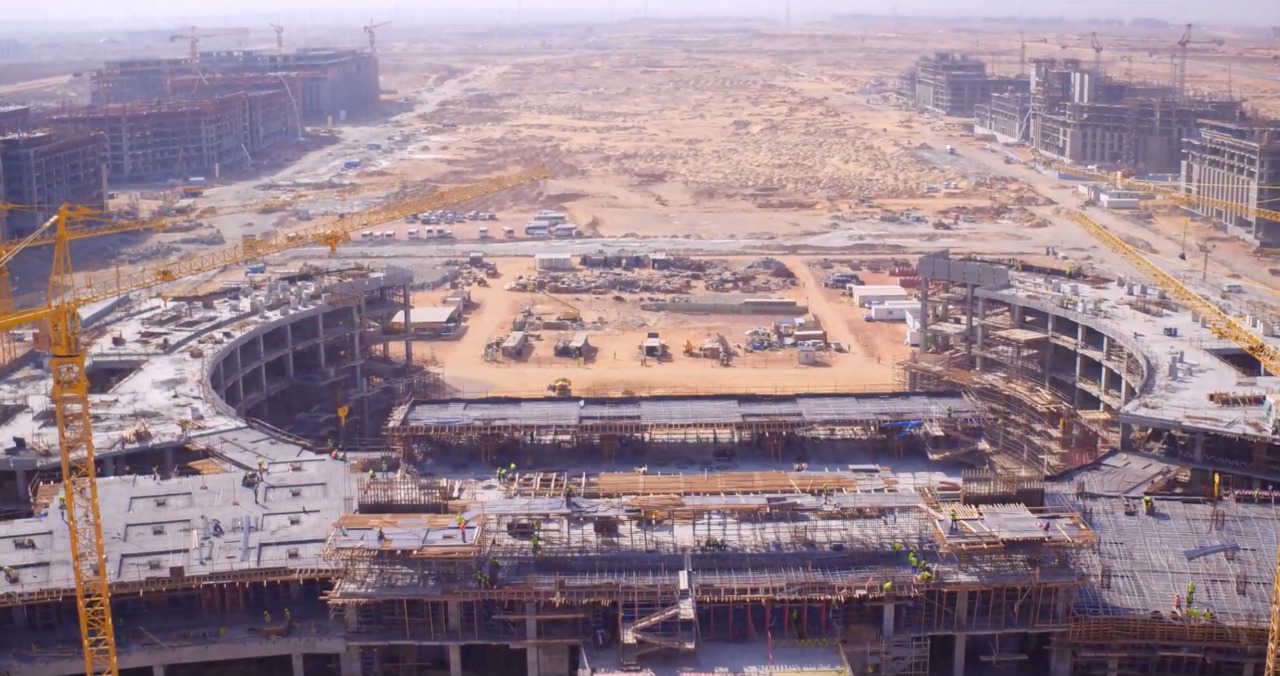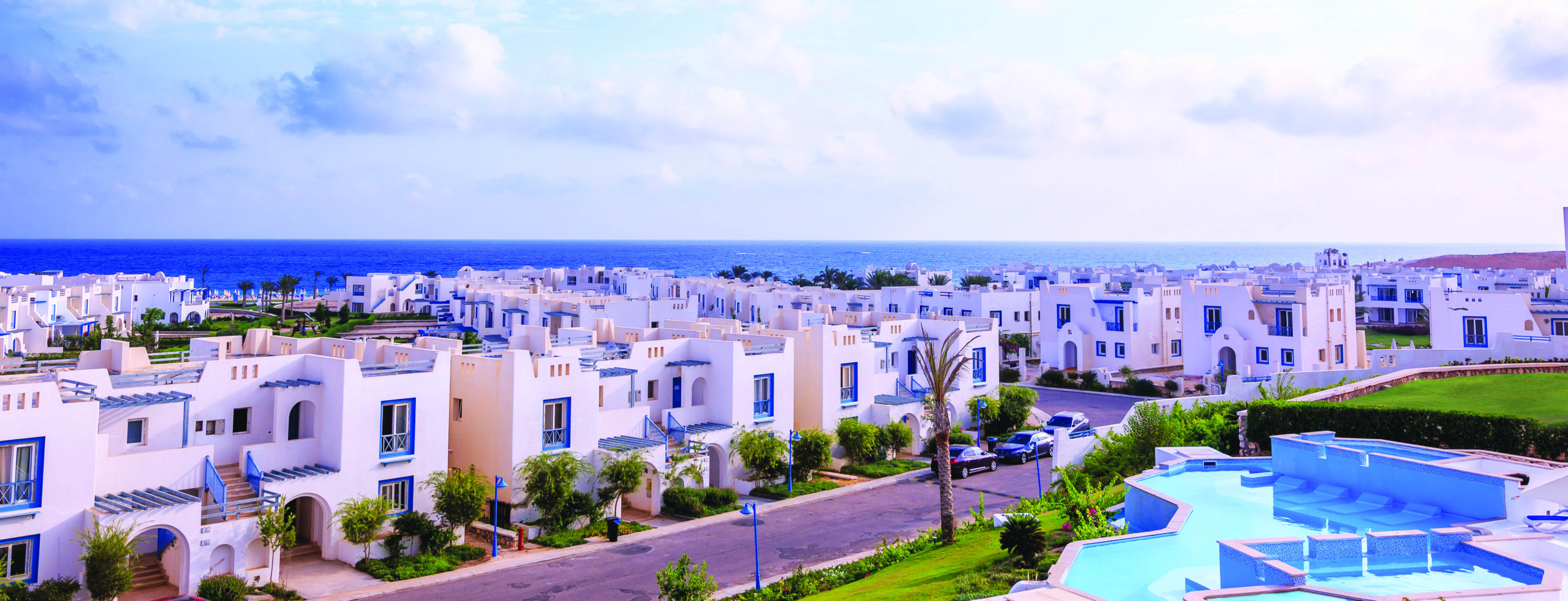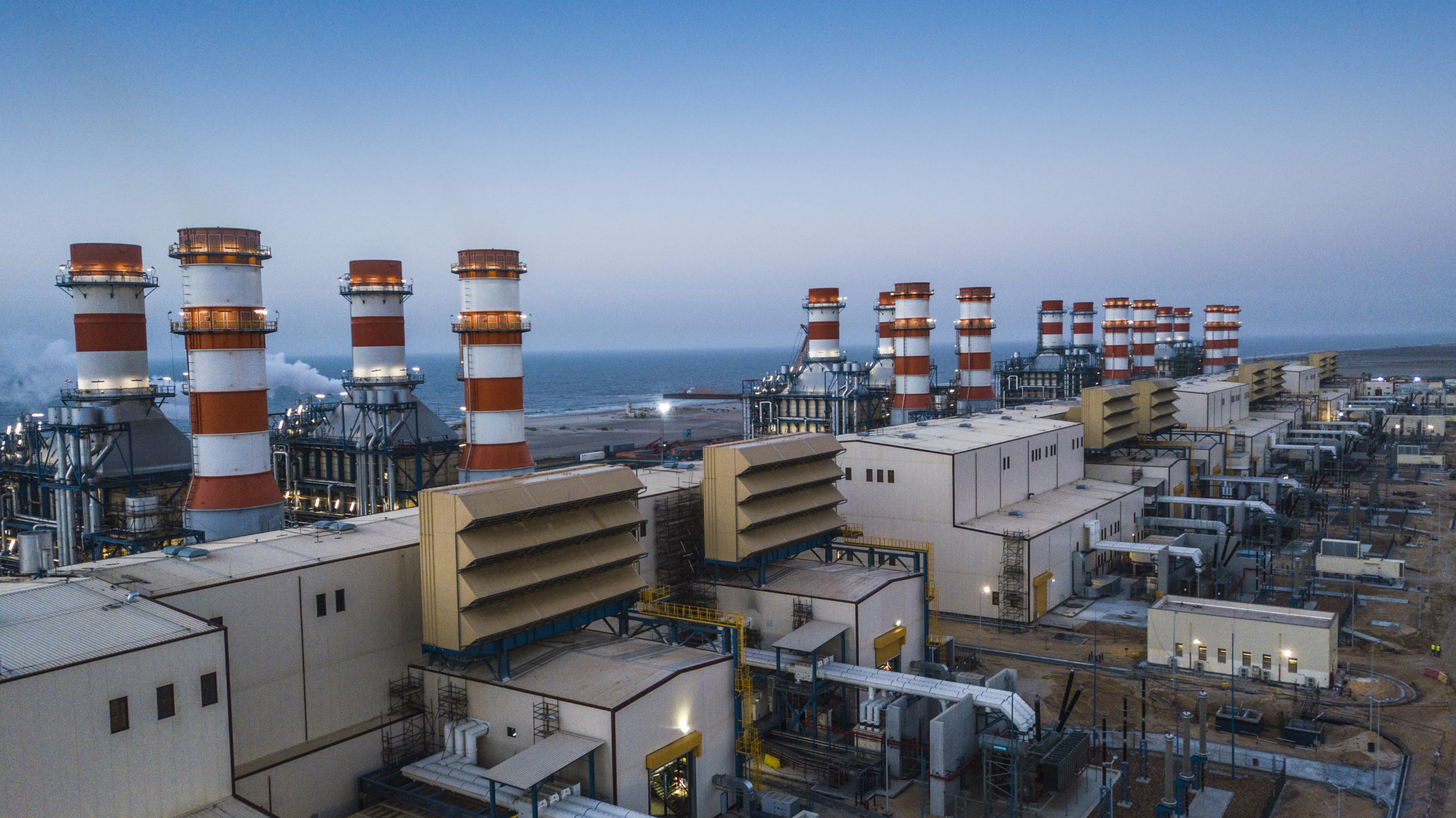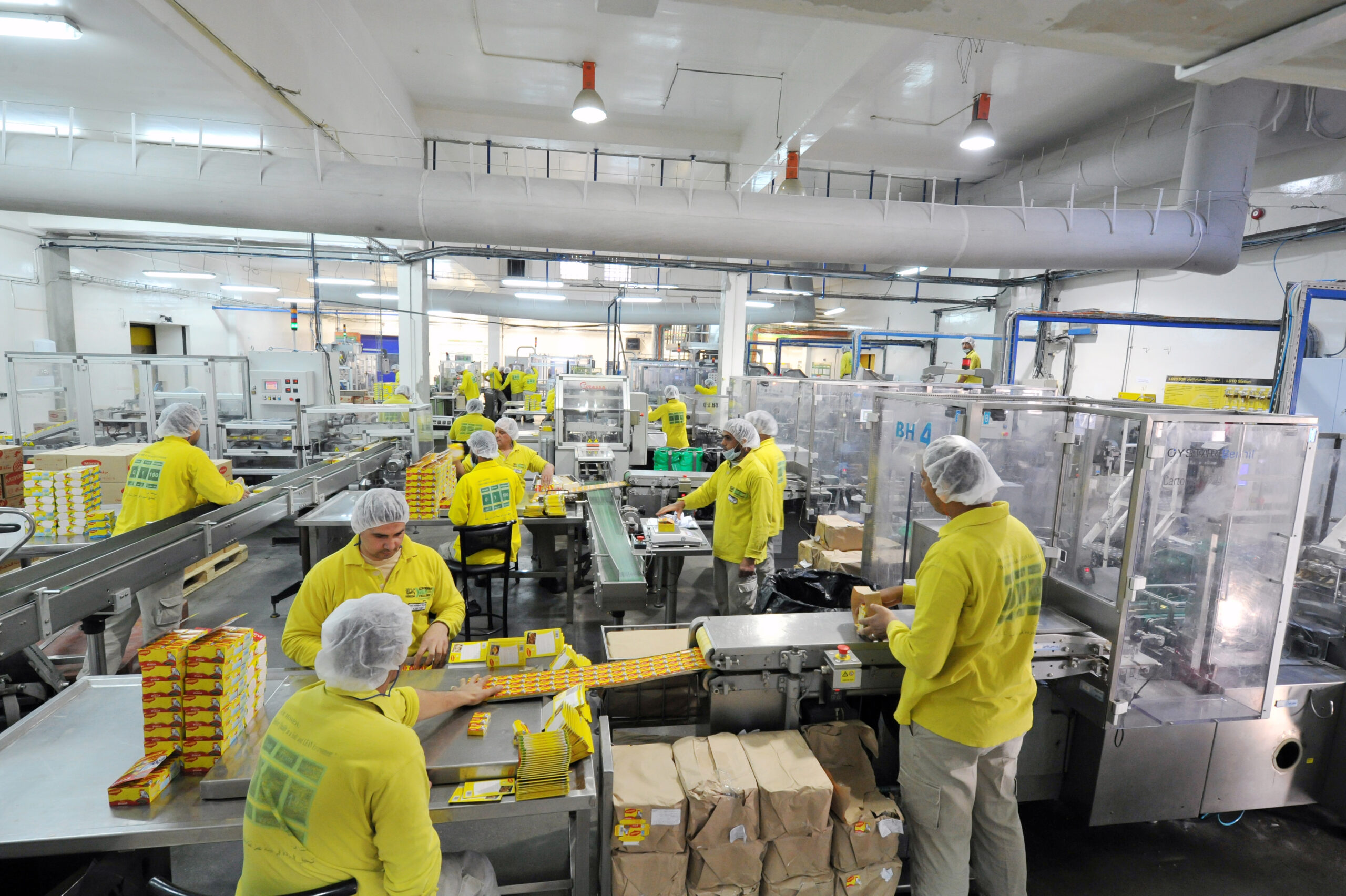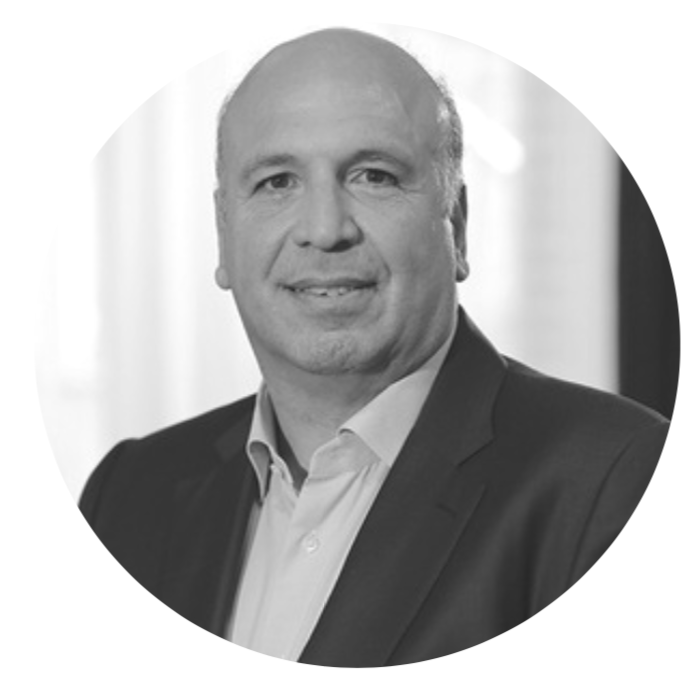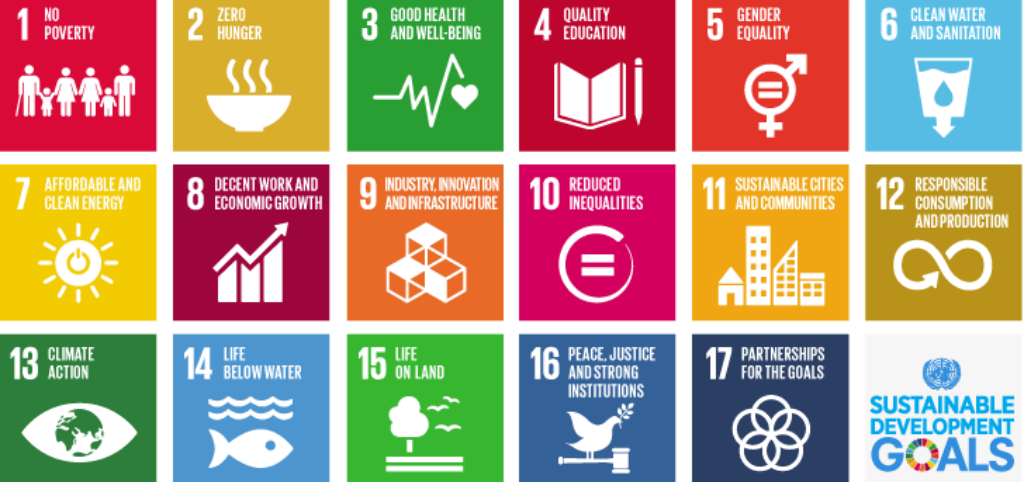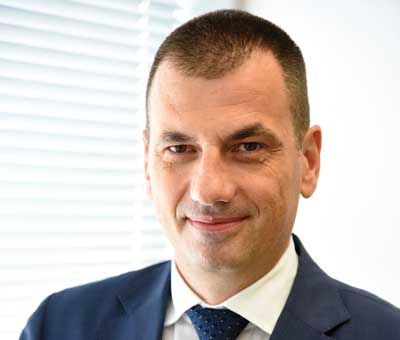The Swiss capitalize on cross-border research to innovate

The pharmaceutical sector is the country’s largest industry, representing 40 percent of exports. Exceptional leadership in research and development, combined with a robust education system, have derived impressive results. Switzerland attracts high-level talent, capital and partnerships from around the world. It has first-class technology, innovation park infrastructure, and the highest productivity level compared to other top international locations. These are some of the reasons that led pharmaceutical behemoths to choose Switzerland as their research and development (R&D) hub, to which global champions such as Novartis and Roche are native.
The nation is increasingly becoming one of the most important centers of pharmaceutical research worldwide. It provides bespoke pharmaceutical solutions, and is well-positioned to make significant healthcare contributions. Switzerland registers an impressive 48 pharmaceutical research patents per million inhabitants each year (in some cases stemming from international innovation), and is home to the highest number of Nobel Prize winners in medicine per capita.
Unparalleled access to global talent and R&D opportunities result in an increased understanding of rare diseases. Perhaps not surprisingly, Switzerland provides the technology behind 50 percent of the oncology treatments worldwide. Switzerland’s success in the pharmaceutical sector stems from a profoundly ingrained cooperative mentality. Large and small companies contribute their areas of expertise to an increasingly robust ecosystem that merges with research institutions to form a highly specialized production location.
An ideal example of the specialized niche players driving the sector forward is Debiopharm, which focuses on oncology and infectious diseases, and acts as a catalyst within Switzerland’s pharmaceutical industry. Debiopharm is an independent biopharmaceutical company that in-licenses promising compounds, develops them into viable treatments, and finally, through an out-licensing deal, partners with pharmaceutical marketing powerhouses such as Sanofi, Pfizer, and Ipsen to reach consumers.
As a private company in the industry, it can plan long-term investments, something more difficult for a public company unable to risk short-term losses. Thierry Mauvernay, President of Debiopharm, stated, “Debiopharm is a challenge-driven company propelled by its ability to adapt to a fast-moving marketplace and focus on new ideas.”

So far, it has been a successful venture, with Debiopharm recently awarded the 2020 Swiss Biotech Success Story Award for its strong pipeline of oncology and bacterial infection therapies. This includes its promising drug xevinapant, a phase III compound that received the FDA approval process designation of “Breakthrough Therapy.” The company exemplifies the value-added research undertaken in Switzerland and demonstrates the benefits of cross-border collaborations to improve patient outcomes.
A grassroots convergence of biotechnology becomes Health Valley
Switzerland provides unparalleled access to scientific knowledge and funding for innovative companies. This has led to a grassroots convergence of biotechnology and medical technology companies that formed a fast-growing cluster nestled in the valley between the Western
Alps of Valais and the Jura Mountains, and stretches from Geneva to Bern. Switzerland is now recognized as one of the fastest-growing biotech hubs, and the cluster ranks high for biotech and medtech research in Europe. This Lemanic region, also endearingly referred to as the Lake Geneva region, appropriately branded itself in recognition as the Swiss Health Valley.
Mauvernay envisions it, “Following in Boston’s footsteps, which became the biotech capital of the world in a mere decade. The Swiss ecosystem can capitalize on its world-class quality hospitals, great scientific research, and cutting-edge industrial know-how. If able to bridge certain gaps, the Lemanic Health Valley could become a dominant global healthcare cluster.”
With a vision of fostering stronger relationships in the region’s supply chain, Debiopharm is working on launching Innovation Debiopharm Academia Lemanic (IDEAL). The program seeks to strengthen the vibrant network between academic researchers and the pharmaceutical industry which can bring innovation in oncology and antibiotics closer to benefiting patients.
“The Swiss ecosystem can capitalize on its world-class quality hospitals, great scientific research, and cutting-edge industrial know-how.”
Thierry Mauvernay, CEO, Debiopharm
Solving the next pandemic before it begins
The COVID-19 pandemic has uncovered how tragically ill-prepared some countries are. As nations scramble to cover immediate needs, Mauvernay pondered a troubling question, “What if, instead of a virus, the current pandemic had been caused by bacteria?”
Mauvernay worried, “A bacterial pandemic could wreak havoc if persistent weaknesses in research are not addressed. In particular, a new collaborative business model promoting antibiotic research is needed to prepare. Drug companies are abandoning antibiotic research at a worrying pace citing costs, and only two new classes of antibiotics have been discovered since the year 2000.”
Debiopharm discovered one of the few new antibiotic classes in development, known as ‘Fabiotics’ (FabI inhibitors), and is currently continuing to develop antibiotics targeting three of the nine pathogens defined by the World Health Organization as posing critical threat to human health. Mauvernay stressed, “A whole ecosystem is needed to tackle the full scale of the problem. As nations rush to manage the current pandemic, they should preemptively strategize for the next. This will require an ambitious collaborative business model that encourages continuous private sector involvement in finding a solution.”
Mauvernay envisions additional collaboration between Switzerland and the USA, with innovation inspired by each other’s successes.

